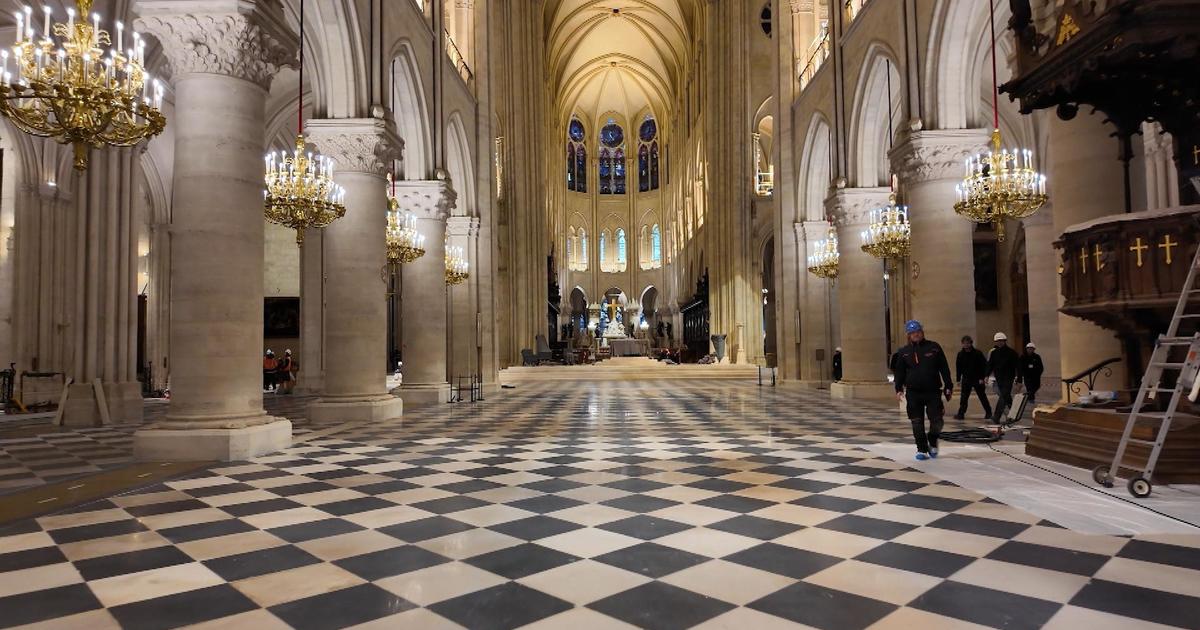Introduction
The restoration of Notre Dame Cathedral stands as a powerful symbol of resilience and commitment to cultural heritage following the catastrophic fire of April 15, 2019. As the world watched the flames engulf the iconic structure, the immediate response was one of shock and sorrow. However, five years later, the cathedral is not just being restored; it is undergoing a remarkable transformation that marries traditional craftsmanship with modern technology. This article delves into the intricate restoration efforts, the challenges faced, and the broader implications for cultural preservation in a rapidly changing world.
The Restoration Journey: A Timeline
The journey to restore Notre Dame Cathedral has been marked by significant milestones and complex challenges. Here’s a brief timeline of key events:
- April 2019: A devastating fire causes extensive damage to the cathedral, destroying the roof and spire.
- Summer 2019: Initial assessments and cleanup efforts begin, with a focus on securing the structure.
- 2020: Restoration plans are finalized, emphasizing the use of traditional materials and techniques.
- 2021: Restoration work commences, including the rebuilding of the roof and spire, which will replicate the original design.
- 2023: The restoration is on track for completion, with plans for a grand reopening set for 2024.
Methodology of Restoration
The restoration of Notre Dame is a meticulous process that honors the cathedral’s historical significance while incorporating modern advancements in architecture and preservation techniques.
Traditional Techniques
One of the most striking aspects of the restoration is the commitment to traditional craftsmanship. Artisans skilled in medieval techniques are working alongside modern engineers to ensure that the rebuilt structures reflect the original design. This includes:
- Recreation of the original oak framework using over 1,000 trees sourced from French forests.
- Restoration of the iconic stained glass windows, with artisans painstakingly repairing and replacing damaged sections.
- Preservation of sculptures and decorative elements that survived the fire, ensuring they return to their rightful places.
Modern Technologies
While tradition is at the forefront, modern technology plays a crucial role in the restoration process. Key innovations include:
- 3D scanning and modeling to create precise replicas of damaged architectural elements.
- Advanced fire-resistant materials to enhance the safety of the rebuilt structure.
- Digital archiving of the original designs and restoration processes for future reference.
Challenges Faced During Restoration
The restoration of Notre Dame has not been without its challenges. A few notable issues include:
- Funding: The initial fundraising efforts, which gathered over €1 billion, have faced scrutiny regarding the allocation of resources.
- Public Sentiment: Balancing modern approaches with the desire to maintain historical authenticity has sparked debate among historians and architects.
- Environmental Concerns: Ensuring that the restoration aligns with contemporary environmental standards is a growing priority.
Cultural and Social Implications
The restoration of Notre Dame is not just a physical endeavor; it holds substantial cultural and social significance. The cathedral is a UNESCO World Heritage site and a representation of French identity and history. Its restoration can lead to several broader implications:
Tourism and Economic Impact
Notre Dame attracts millions of visitors annually. The successful restoration is expected to revitalize tourism in the Île-de-la-Cité area and contribute significantly to the local economy. However, it is imperative that the impact on local communities is considered to ensure sustainable tourism practices.
Cultural Preservation in the Modern Age
The efforts to restore Notre Dame highlight the ongoing struggle to preserve historical sites in the face of modernization. As cities evolve, the challenge lies in maintaining a balance between progress and preservation. This restoration serves as a case study for future projects globally, emphasizing the importance of heritage in contemporary society.
Community Involvement
The restoration has galvanized public interest and involvement, with numerous educational programs and volunteer opportunities arising from the project. Engaging the community fosters a sense of ownership and pride, reinforcing the idea that cultural heritage belongs to everyone.
Conclusion
The restoration of Notre Dame Cathedral is a testament to human resilience and ingenuity. As it rises from the ashes, it not only rekindles the spirit of a beloved landmark but also ignites discussions about heritage, community, and modernity. The commitment to combining traditional craftsmanship with innovative technology showcases an inspiring approach to cultural preservation. As we look forward to the grand reopening in 2024, the world will witness not merely a restoration but a renaissance of a symbol that transcends borders and speaks to the core of human creativity and faith.
For more information on the restoration efforts, visit the official Notre Dame Cathedral website here.
To explore broader themes of cultural preservation, check out this insightful article on UNESCO’s role in heritage conservation here.
See more BBC Travel World



